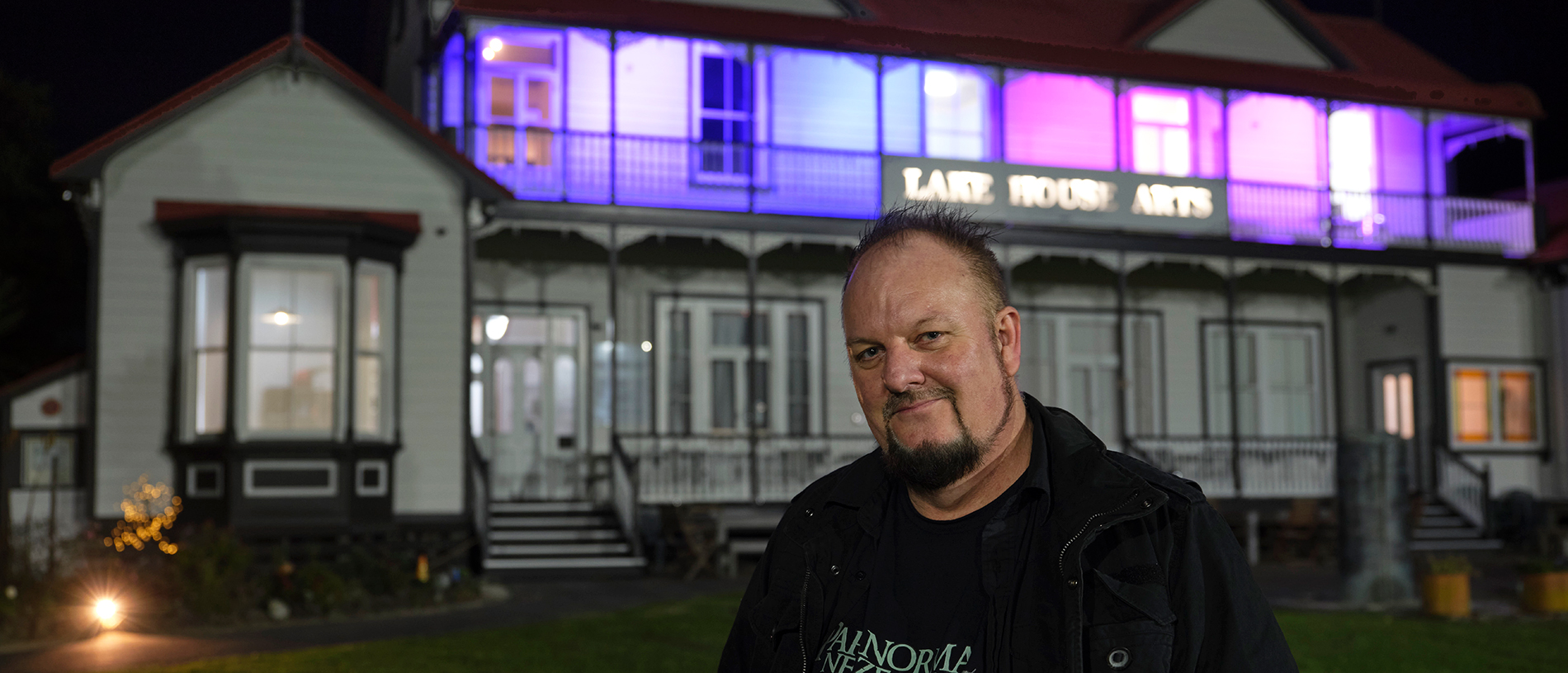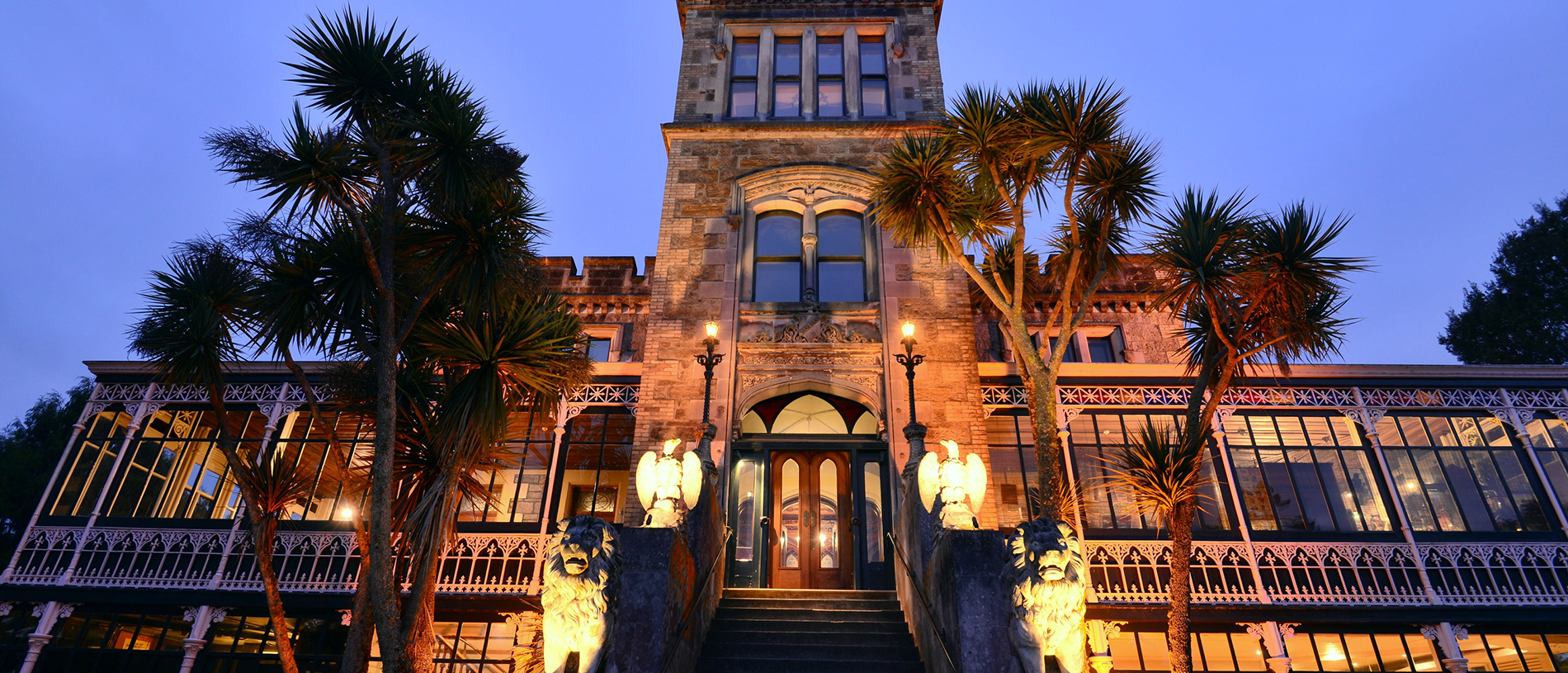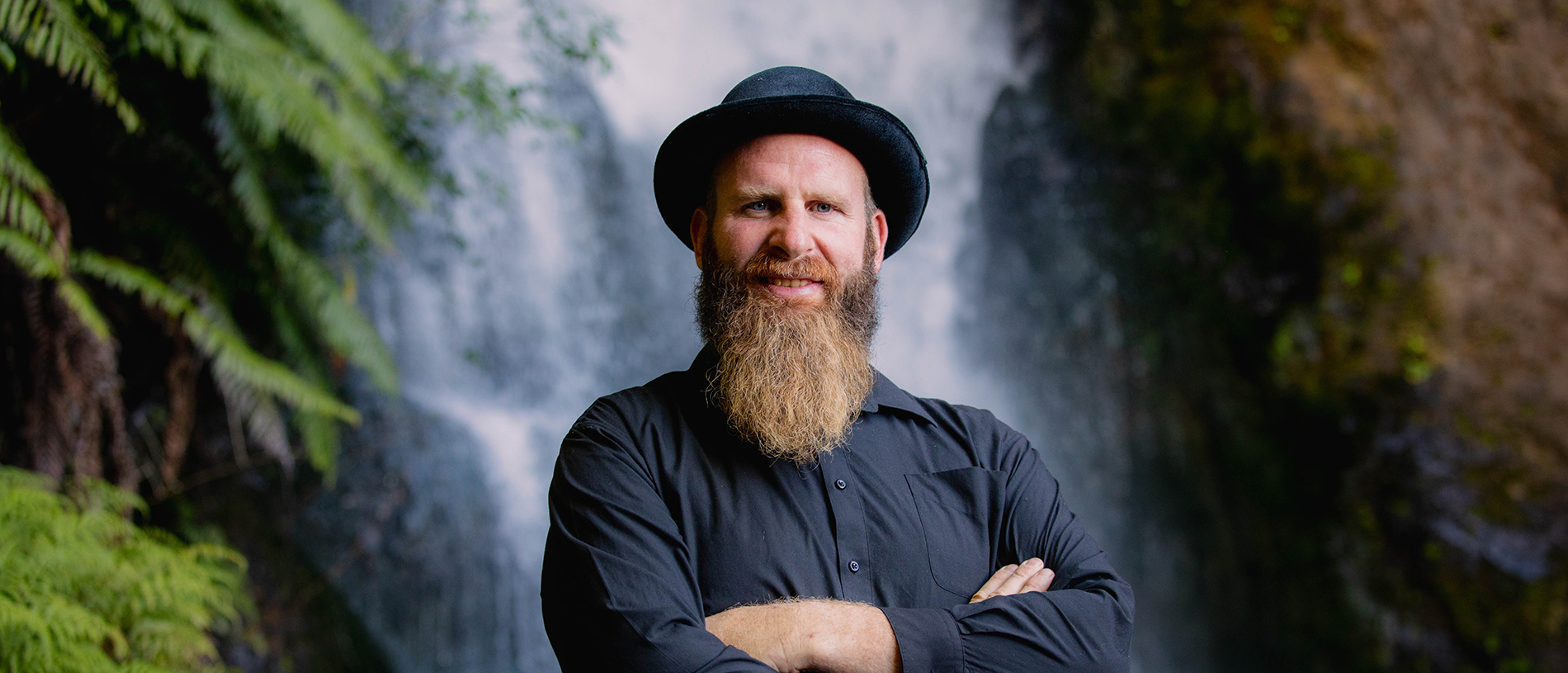
Ziplining in Kaikōura
As I stand on the edge of the platform, strapped into a harness, the breeze whips past me with a hint of ocean salt in the air. Below, the dense greenery of the Kaikōura bush sprawls out like a lush carpet. In the distance, I can hear the roar of the Pacific Ocean.








